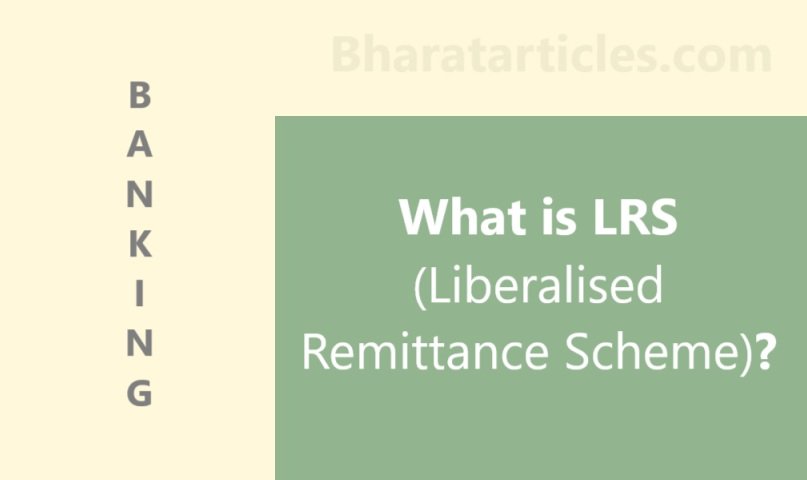
The Liberalised Remittance Scheme, or LRS, is a program introduced by the Reserve Bank of India (RBI). It allows individuals in India to send money abroad for specific purposes. This scheme is helpful for people who need to send money for education, travel, medical treatment, or even for investments.
Under the LRS, an Indian citizen can remit up to USD 250,000 abroad in a single financial year. A financial year in India starts on April 1 and ends on March 31 of the next year. This limit applies to all purposes combined.
Let’s understand this in simple terms:
- “Liberalised” means that the rules are more relaxed or flexible.
- “Remittance” means sending money from one place to another, often to another country.
- “Scheme” means a plan or program set up by the government.
Why Was LRS Introduced?
The RBI introduced LRS to make it easier for Indian citizens to send money abroad. Before this scheme, the process was more complicated and had many restrictions. LRS simplifies this by setting clear rules and limits. It also encourages transparency in foreign money transfers.
Who Can Use LRS?
LRS is available for resident individuals in India. This means Indian citizens who live in India can use this scheme. It is not meant for companies, partnerships, or organizations. Minors can also use LRS, but their guardian must handle the process.
What Can You Use LRS For?
Under LRS, you can send money abroad for:
- Education: Paying tuition fees or other educational expenses.
- Travel: Booking international flights, hotels, or holiday packages.
- Medical Treatment: Covering hospital bills or other medical costs overseas.
- Gifts and Donations: Sending money to family or donating to charities abroad.
- Investments: Buying shares, stocks, or property in another country.
- Maintenance of Family Members: Supporting relatives who live outside India.
What is Not Allowed Under LRS?
There are a few things you cannot do under LRS. These include:
- Sending money for illegal activities.
- Investing in countries identified as “non-cooperative” by international organizations.
- Buying lottery tickets or gambling.
- Sending money for speculative investments like margin trading.
How Does LRS Work?
If you want to send money abroad using LRS, here are the steps:
- Visit your bank.
- Fill out a form called the A2 form. This form includes details about the amount and purpose of the remittance.
- Provide necessary documents like your PAN card and identity proof.
- Your bank will process the transaction and send the money to the intended destination.
Important Points to Remember:
- Tax Collected at Source (TCS): From October 1, 2020, a tax is collected on remittances under LRS. The rate of tax depends on the purpose of the remittance.
- Tracking: The RBI keeps track of how much money you remit under LRS. You cannot exceed the USD 250,000 limit in a financial year.
- Currency Exchange Rates: The amount sent abroad is converted into foreign currency. The exchange rate at the time of the transaction will apply.
Conclusion
The Liberalised Remittance Scheme (LRS) is a simple and helpful program for Indian citizens who need to send money abroad. It has clear rules and a fixed limit, making the process straightforward. Whether it’s for education, travel, or supporting family members, LRS provides a convenient way to handle international money transfers. If you’re planning to use LRS, it’s always a good idea to check the latest guidelines and consult your bank for any specific requirements.







